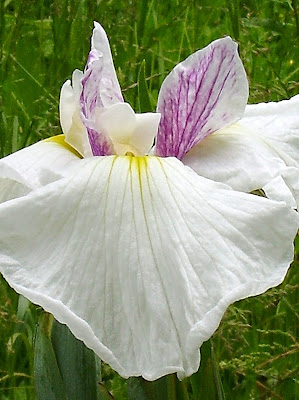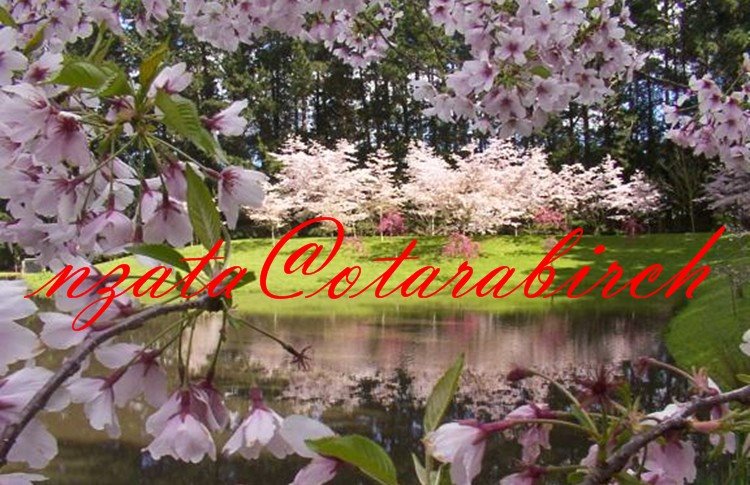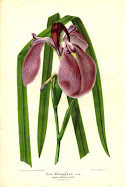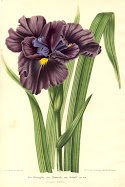
Early / Mid Season Japanese Iris.
Iris ensata
"Wind Drift"
"Wind Drift"
This Japanese iris grows well in a garden and can withstand a more dry and shady position. It produces tall stems of truly beautiful flowers which look like large white butterflies fluttering in the breeze in early to mid season. The clean white stands out in a garden display with it's spectacular 3 petal slightly ruffled form of Iris ensata " Wind Drift".


The colour is very beautiful.
A clean white lightly ruffled petals with a small yellow signal. White, variably marbled light to heavy veins of red - violet standards. Very delicate in it's flower presentation.
A clean white lightly ruffled petals with a small yellow signal. White, variably marbled light to heavy veins of red - violet standards. Very delicate in it's flower presentation.
Excellent pollen producer which I have used to some of my hybridizing program.
The plant grows really well for me with lots of beautiful clean foliage and tall ram rod stems held proudly above the upright arching foliage.
It produces an abundance of flowering stems on a well formed stunning clump in late November / early December.

It produces an abundance of flowering stems on a well formed stunning clump in late November / early December.

This variety was created by A. Vogt and introduced by H. Stahley in 1983, registered from seedling 812. Introduced by H. Stahley in 1984.
It grows to a height of 90 cms (36 ins) and flowers early to mid season in New Zealand and world wide.
This beautiful variety looks magic planted up to be enjoyed in the garden near your pond or any rich moist soil.
Remember to give it at least 6 hours of sun light if you can. Japanese irises are gross feeders so a good balance fertilizer in the early spring and again after flowering around the drip line of foliage will do them proud. Little and often is a good rule of thumb for fertilizers. Wa ter in where possible to help the plant take up the benefits.
ter in where possible to help the plant take up the benefits.
Mulch around the plants with barely straw, pine needles or pea straw to retain moisture in soil and prevent weed growth.
 ter in where possible to help the plant take up the benefits.
ter in where possible to help the plant take up the benefits.Mulch around the plants with barely straw, pine needles or pea straw to retain moisture in soil and prevent weed growth.
Remember that Japanese Irises "Love wet toes and dry ankles" so when you are planting these take this into consideration please.
Available in New Zealand and around the world.

* Acknowledgement: - 2003 Cumulative Check list of the Japanese Irises complied for The Society of Japanese Irises.





No comments:
Post a Comment